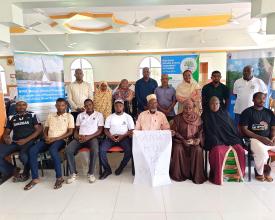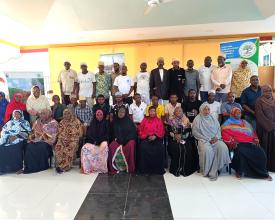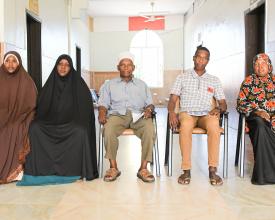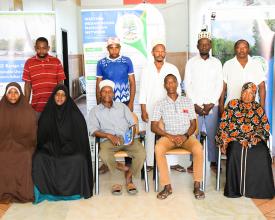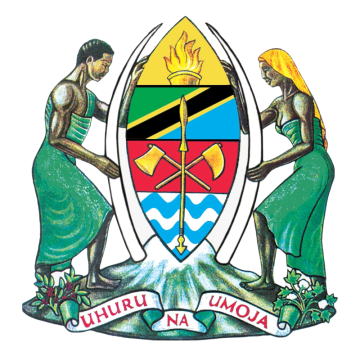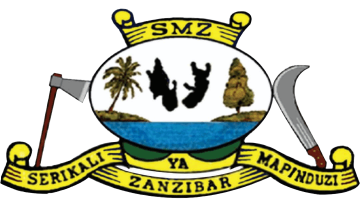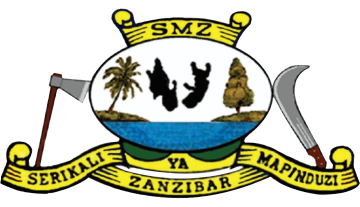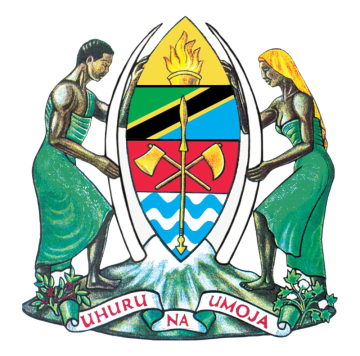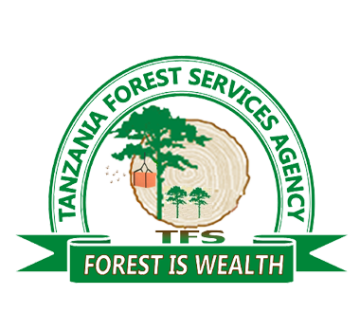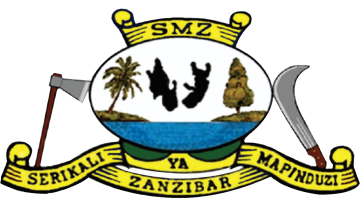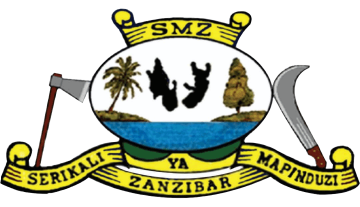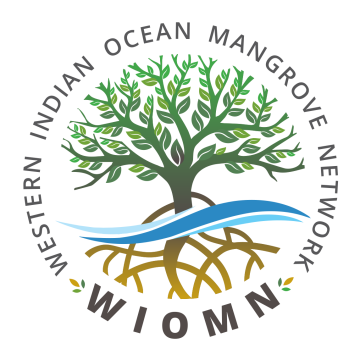
Laws on Paper, Loss on the Ground: Turning Mangrove Laws into Action in Tanzania

The “Sustainable Use of Mangroves in the WIO Region” project, funded by BMZ through WWF Germany, brings Tanzania’s dormant mangrove laws to life. In Kilwa and Pemba, the project supported villages and shehias to register or revitalize Village Natural Resources Committees (VNRCs) and Community Forest Management Areas (CoFMAs). Within 2 years of the project, 7 CoFMAs were established and 2 revived in Pemba; 3 VNRCs were established and 3 revived in Kilwa District. The project capacitated these local mangrove management institutions to develop and enforce mangrove management plans, establish nurseries, and launch restoration and monitoring efforts to recover degraded mangrove zones and address drivers of loss. While VNRCs and CoFMAs are now leading mangrove conservation and management in their areas, two and three mangrove CBOs were established in Pemba and Kilwa, respectively, and are now operational. This scalable solution shows that when laws move from paper to practice, blue forests and coastal livelihoods thrive together.
Context
Challenges addressed
Environmental: Mangrove cover is declining in the project sites, with losses of ~20 ha/year in Pemba and ~72 ha/year in Kilwa from 1989 to 2023. Key drivers include illegal harvesting for poles and firewood, charcoal production, unregulated salt pans, and bait extraction.
Social: Coastal livelihoods rely heavily on mangrove ecosystems, with many living below the basic-needs line. Mangroves offer fuelwood and building poles. Gender norms, especially in Pemba, limit women’s access to alternative incomes.
Economic: Enforcement budgets are high, but essential needs like boat fuel for monitoring and legal support for VNRCs and CoFMAs remain underfunded.
Institutional: Overlapping institutional mandates (e.g., ministries and associated departments) both in Zanzibar and mainland Tanzania hinder accountability. Community groups face challenges in gaining legal status, and local revenues rarely return to the communities.
Result: A classic implementation gap—strong laws exist, but weak enforcement enables continued degradation
Location
Process
Summary of the process
The success of the solution stems from the interconnection of legal empowerment, participatory planning, organizational strengthening, and capacity building. Legal establishment of VNRCs and CoFMAs provided the formal authority and governance structures needed for community-led conservation. These institutions became the foundation for developing participatory mangrove management plans that translated national policies into context-specific actions, ensuring compliance and sustainability. Registration of CBOs further enhanced legitimacy, enabling transparent governance, resource mobilization, and stronger collaboration across villages and Shehias. Capacity-building of CBO leaders, particularly women, reinforced these governance structures with the skills and confidence required to lead inclusive restoration and management efforts. Together, these elements created a reinforcing cycle: legal recognition enabled structured planning, planning guided implementation, organizational registration enhanced accountability, and capacity building sustained long-term community ownership.
Building Blocks
1. Legal establishment and empowerment of VNRC and CoFMAs
The national forest policy, forest acts, and guidelines, as well as the Local Government Act, provide avenue for community involvement in the management and conservation of forest resources, including mangroves, through the establishment of Village Natural Resource Committees (VNRCs) and Collaborative Forest Management Agreements (CoFMAs). In collaboration with village leaders, Shehia leaders, and forestry officers, supported by the State Attorney’s Office, efforts were made to establish VNRCs or CoFMAs in areas where initiatives were already present and to renew those that had become inactive. Democratic elections were conducted to select the leaders of the newly established or renewed VNRCs and CoFMAs. This transformation process enabled communities to elect leaders of their choice and legally empowered them with the mandate to protect mangroves.
Enabling factors
- Active collaboration between the Tanzania Forest Services (TFS), the Department of Forestry for both mainland Tanzania and Zanzibar, local governments (Village and Shehia councils), District Commissioners for Kilwa and Mkoani districts, relevant ministries, State Attorneys, and NGOs ensured institutional, legal, and technical support.
- Inclusive community engagement through village meetings, democratic elections, and training fostered trust and a sense of ownership among community members.
- Supportive legal frameworks, including the National Forest Act 2002 (No 23 of 2002) and Zanzibar Forest Act 1996 (No. 10 of 1996) provided a basis for formally recognizing Community Forest Associations (CFAs) and promoting structured community participation in forest management.
- Well-defined governance structures and observable restoration results strengthened accountability and encouraged community commitment
- Capacity-building initiatives enhanced leadership effectiveness, governance structures, and the ability to mobilize resources.
Lesson learned
- Consistent and early involvement of stakeholders fosters trust, builds credibility, and facilitates seamless project execution.
- Governance and accountability within local management institutions are strengthened through open elections and clearly defined responsibilities.
- Sustained and context-relevant capacity building is vital for nurturing strong and effective community leadership.
- Legal recognition and formal organizational structures equip local management institutions with the authority and means to access rights and resources.
- Demonstrable restoration successes enhance community enthusiasm and solidify long-term conservation commitments.
2. Development of mangrove management plans
The development of mangrove management plans for Villages and Shehias in the Bengo project sites was essential in translating national laws into effective local action for mangrove conservation and sustainable use in Tanzania. The plans provided a structured, site-specific framework that guided restoration, protection, and the wise use of mangrove ecosystems, aligning legal mandates with practical, context-specific interventions. The participatory and inclusive approach was a key toward archiving well-developed mangrove management plans actively involving local communities, including women and youth, in the development processes. The plans facilitated zoning for conservation, sustainable use, and restoration, based on both scientific and traditional knowledge. Furthermore, these plans enable systematic monitoring, enforcement, and adaptive management. Anchoring conservation efforts in locally tailored and community-supported plans, ensured that mangrove laws were not only written on paper but were meaningfully implemented on the ground, delivering long-term ecological, social, and economic benefits from mangroves
Enabling factors
- Existence of national policies, Acts, strategies and guidelines including the Forest Policies and Acts for mainland Tanzania and Zanzibar provided a strong legal and institutional foundation for effective local planning and implementation
- The active participation of local communities, including elders, women, youth, and local leaders, created a sense of ownership, ensured plans were grounded in local realities, and fostered compliance and long-term stewardship.
- Support from government agencies (e.g., Tanzania Forest Services Agency, local authorities), development partners, and NGOs facilitated technical guidance, resource mobilization, and coordination among stakeholders.
- Training and sensitization programs for communities and local leaders improved understanding of mangrove values, legal provisions, and sustainable practices, empowering them to take action
Lesson learned
- A supportive legal and institutional framework provided legitimacy and guidance for effective community-based resource management in both mainland Tanzania and Zanzibar.
- Inclusive participation of all community groups (elders, women, youth, and leaders), fosters ownership, ensuring locally relevant and sustainable plans.
- Collaboration with government, NGOs, and development partners strengthens community-based initiatives through technical support, resource mobilization, and improved stakeholder coordination.
- Training and awareness-raising strengthen community capacity and confidence, enabling informed decision-making and active participation in conservation efforts.
3. Supporting the registration of Community-Based Organizations (CBOs) and the establishment of local governance structures
Formally registering CBOs and setting up structured local governance systems — a network of VNRCs or CoFMAs provided communities with legal recognition and a clear mandate. This process enabled collaboration between VNRCs or CoFMAs in archiving mangrove conservation and management objectives, enforce local by-laws, and manage natural resources sustainably. It also enhanced transparency, accountability, and access to government and donor support, empowering communities to take ownership of conservation efforts.
Enabling factors
- Active involvement of community members through democratic elections, training, and awareness-raising fostered trust, legitimacy, and commitment to the governance structures. This local ownership was vital for sustainable resource management and compliance with by-laws.
- National forest policies, acts, and local government laws provided a legal foundation for recognizing CBOs and establishing community-based governance structures. Government agencies, departments and legal bodies, supported registration and enforcement processes.
Lesson learned
- Community engagement through elections, training, and awareness-built trust and ownership, essential for effective governance and compliance with by-laws.
- Supportive institutional frameworks backed up by national policies, Acts and laws enabled the registration of CBOs and enforcement and community-based governance.
4. Capacity-building of CBOs on ecosystem governance and women’s leadership
Training on mangrove restoration process including development on mangrove nurseries in project sites, and on ecosystem governance equipped CBOs leaders with the skills and confidence to manage resources inclusively and effectively. This enhanced their decision-making, strengthened community participation, and contributed to the successful development of mangrove nurseries and implementation of conservation and governance solutions.
Enabling factors
- Hands-on training in mangrove restoration, nursery development, and ecosystem governance equipped CBO leaders with applicable skills for effective and inclusive resource management.
- Continued support from local leaders, government officials, WIOMN team members, and technical experts ensured proper guidance, resource availability, and follow-up during implementation.
- Legal recognition and trust in CBOs strengthened their authority and confidence to lead conservation efforts and enforce local governance actions.
Lesson learned
- Local community training on mangrove conservation and management including restoration process is critical in ensuring best practices in mangrove restoration are implemented for successful mangrove restoration.
- Continuous monitoring and guidance of VNRCs, CoFMAs, and CBOs by mangrove experts are essential to ensuring best practices in mangrove conservation and management
- Placing mangrove conservation and management in the hands of local communities ensures ownership, thereby facilitating the achievement of conservation and management objectives.
Impacts
Over the three years of the project, a total of 18 local mangrove management institutions were established or strengthened. This includes seven newly established CoFMAs and two that were revived in Pemba. Similarly, three VNRCs were established and another three were revived in Kilwa District. Additionally, two CBOs were established in Pemba and three in Kilwa. All 18 local management institutions now have democratically elected leaders, well-defined governance structures, and operational mangrove management plans. A total of five mangrove nurseries were established—two in Pemba and three in Kilwa District. In the Pemba project site, 1,025.08 hectares are under joint forest management, comprising 647.58 hectares designated for protection and 377.5 hectares for sustainable utilization. In Kilwa, a total of 7,131 hectares of mangroves are under joint forest management.
Beneficiaries
- Mangrove-dependent coastal communities
- Community-Based Organizations (CBOs), VNRCs, and CoFMAs
- Village and Shehia Councils
- Women, youth, and marginalized groups
